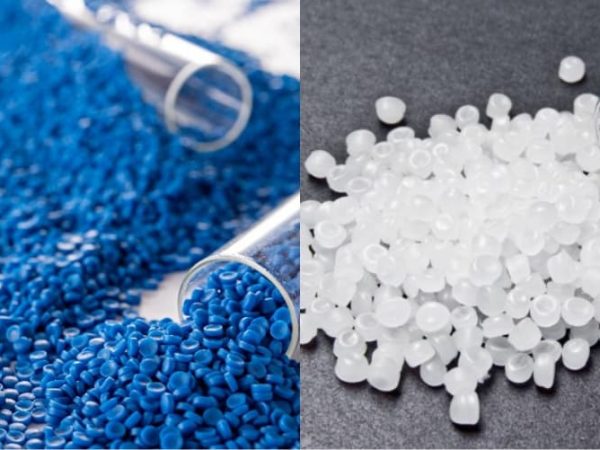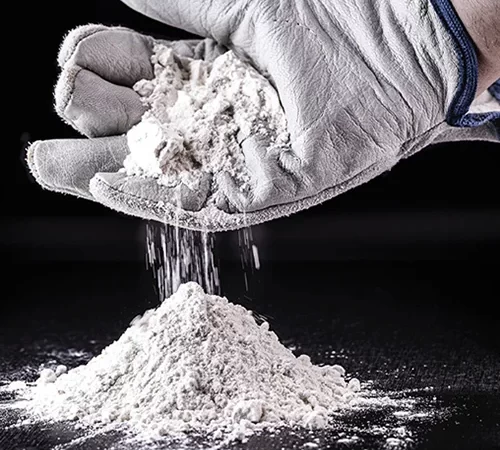
HDPE plastic barrel
Introduction:
For decades, metal drums were the standard choice for transporting and storing chemicals, food products, fuels, and industrial liquids. Their mechanical strength and durability made them the industry favorite. However, with advancements in materials science and increasing demand for lighter, more cost-effective, and eco-friendly alternatives, plastic drums, especially those made from High-Density Polyethylene (HDPE) and enhanced with compounds like 3840, have rapidly taken over the market.
HDPE plastic barrel
What is Compound 3840 and Why Is It Important?
Compound 3840 is a specially formulated HDPE-based polymer blend enhanced with:
UV stabilizers
Antioxidants
Impact modifiers
Processing aids
This compound has been engineered specifically for industrial-grade plastic drums and offers several key advantages over standard HDPE resins:
Superior impact and mechanical resistance
Long-term UV and weather stability
Excellent chemical resistance
Improved processing efficiency in blow molding and rotational molding
Thanks to these attributes, Compound 3840 enables the production of plastic drums that perform reliably even in the harshest industrial environments.
Industry Use: Widely used in petrochemicals and agricultural sectors.
HDPE plastic barrel
Key Advantages of Plastic Drums Made with Compound 3840
1. Excellent Corrosion and Chemical Resistance
Unlike metal drums, which are prone to rust and degradation when exposed to moisture or corrosive chemicals, plastic drums made with Compound 3840 offer excellent resistance to acids, alkalis, salts, and solvents. This makes them ideal for transporting aggressive chemical substances safely.
HDPE plastic barrel
2. Lightweight and Transport-Friendly
Plastic drums are significantly lighter—often 40–60% less—than their metal counterparts. Drums made with Compound 3840 retain high strength without the weight penalty, leading to lower transport costs, easier handling, and reduced carbon footprint during logistics.
3. Long-Term Durability and Environmental Compliance
The UV stabilizers in Compound 3840 prevent degradation from sunlight, extending the usable life of drums in outdoor storage conditions. Moreover, the material is fully recyclable, aligning with modern sustainability standards.
4. High Performance in Demanding Environments
Drums made with Compound 3840 are engineered for performance under extreme conditions—heat, cold, repeated handling, or exposure to aggressive environments. They maintain their structure and safety over extended periods of use.
HDPE plastic barrel
Comparative Table: Metal Drums vs. Standard HDPE vs. Compound 3840 Drums
| Feature | Metal Drum | Standard HDPE Drum | HDPE Drum (Compound 3840) |
|---|---|---|---|
| Corrosion Resistance | Low | Moderate | Very High |
| Impact Resistance | High | Medium | Very High |
| UV Stability | None | Limited | Excellent |
| Outdoor Suitability | Limited | Moderate | Excellent |
| Processing & Manufacturing | Less efficient | Easy | Highly efficient |
| Service Life | 2–5 years | 3–5 years | 5–10 years+ |
| Weight | Heavy | Light | Light and Strong |
| Recyclability | Yes | Yes | Yes |
| Safe for Hazardous Materials | With limitations | Only certified types | Yes (widely certified) |
HDPE plastic barrel
Industrial Applications of Compound 3840 Drums
Oil & Gas Industry (chemicals, lubricants, additives)
Chemical Manufacturing (acids, solvents, caustic materials)
Agriculture (pesticides, liquid fertilizers)
Food & Beverage (syrups, oils, extracts – food-grade versions)
Cleaning Products (detergents, sanitizers, industrial cleaners)
Conclusion
Plastic drums—especially those manufactured with Compound 3840—are shaping the future of industrial packaging. They’re not just a lighter or cheaper alternative to metal drums; they’re engineered to be stronger, safer, more durable, and more environmentally responsible.
For industries looking to reduce costs, improve performance, and meet sustainability targets, Compound 3840 plastic drums offer one of the best solutions available on the market.


